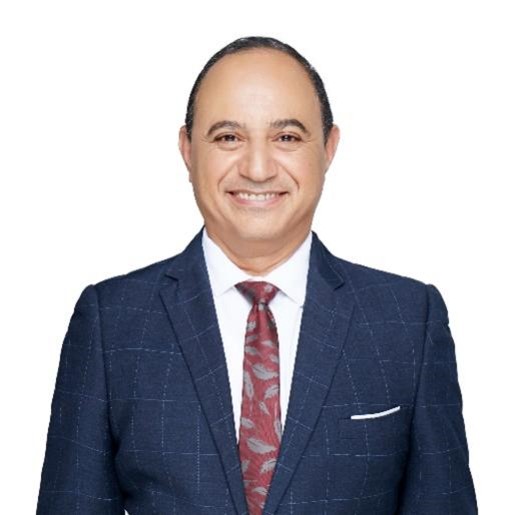
Dr. Naser El-Sheimy
Dr. Naser El-Sheimy, PEng, CRC
Professor and Canada Research Chair
Department of Geomatics Engineering,
The University of Calgary
Fellow, Canadian Academy of Engineering
Fellow, The Engineering Institute of Canada
Fellow, the US Institute of Navigation (ION)
Killam Professor
Founder and President of Micro Engineering Tech Inc. (METI)
Professor and Canada Research Chair
Department of Geomatics Engineering,
The University of Calgary
Fellow, Canadian Academy of Engineering
Fellow, The Engineering Institute of Canada
Fellow, the US Institute of Navigation (ION)
Killam Professor
Founder and President of Micro Engineering Tech Inc. (METI)





